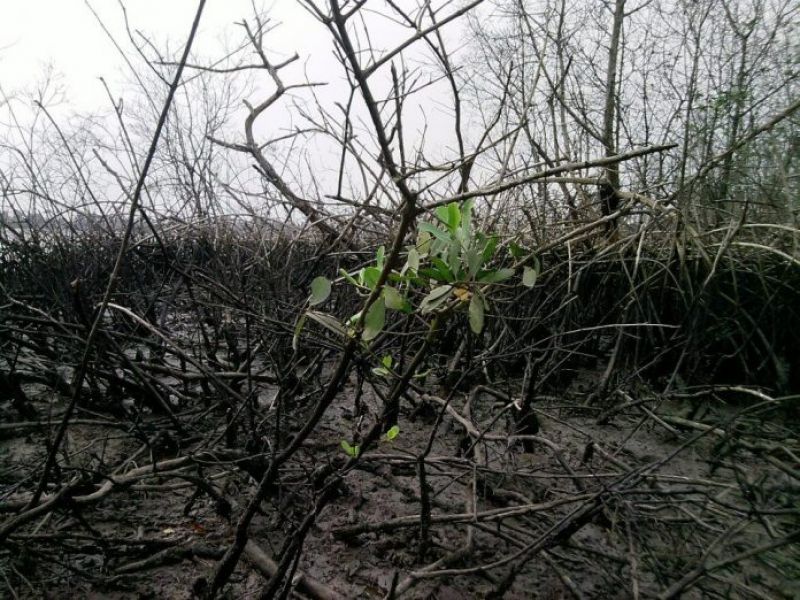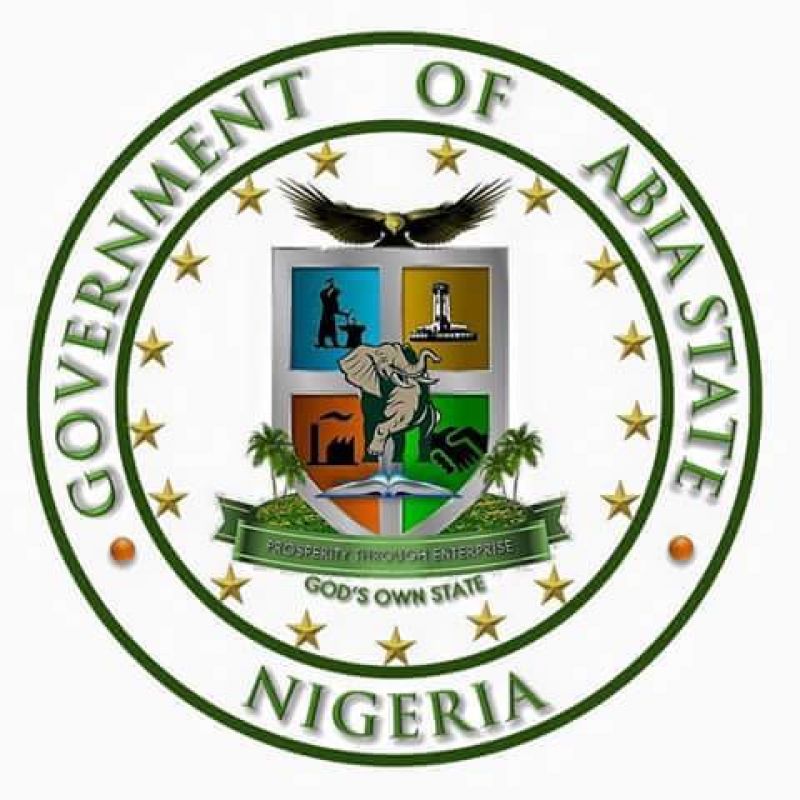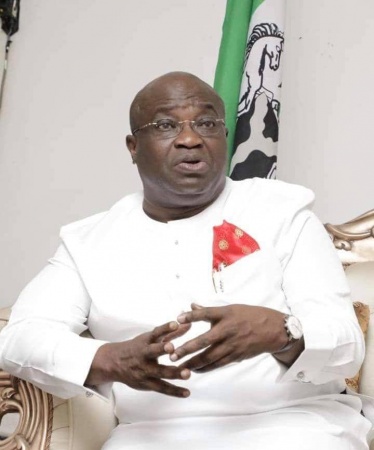Ogoniland will not be clean until 2047
Posted by Factnews | 7 years ago | 2,995 times

On Thursday 4th August, 2011, when the United Nations Environment Programme presented its Environmental Assessment of Ogoniland to the Nigerian Government, there was a sigh of relief.
In the draft press release that followed, the first paragraph read “The assessment has been unprecedented. Over a 14-month period, the UNEP team examined more than 200 locations, surveyed 122 kilometres of pipeline rights of way, reviewed more than 5,000 medical records and engaged over 23,000 people at local community meetings.”
In the run-up to the 2015 Presidential elections, the presidential candidate of the All Progressives Congress (APC), Muhammadu Buhari, now President of Nigeria, promised to finally implement the terms of the report. While making that promise, Buhari pointed at the slow and discouraging pace with which the Goodluck Jonathan government appeared to be following through with the implementation of the UNEP report.
Following his swearing in as President, Buhari pick Amina Muhammad to be Minister of the Environment, and on Thursday 28th April, 2016, at a sensitisation event organised by the federal government, Ms. Muhammad said the following: “We are committed, within this year, to begin the clean-up of Ogoniland.”
The clean-up was eventually launched on the 2nd of June 2016. Fifteen months after the launch, Daily Times visited Ogoniland to monitor the progress of the clean-up. The clean-up of Ogoniland has its framework drawn from the 262-page UNEP Report on Ogoniland.
In analysing the success or failure of the entire clean-up process, understanding the recommendations made are key.
Emergency measures
The emergency measures recommended by UNEP include the marking of drinking and bathing water impacted sites, indicating the dangers of use.
In communities where sources of drinking water have been impacted, the government is tasked with providing alternate sources of drinking water as a matter of emergency. Recommendations are also made for a health registry for the people of Nsisioken Ogale—whose groundwater contains levels of benzene that are 900 times above World Health Organisations guidelines—to be assessed and followed up.
Although some of the above stated emergency measure have been put in place, these measures are mostly the marking of impacted sites. The most important of these measures which is the provision of adequate sources of water for those whose groundwater have been severely affected by hydrocarbons, has not yet happened. It is with this in mind that the president of the Movement for the Survival of the Ogoni People (MOSOP), Legborsi Pyagbara, complained about the pace of the clean-up.
“We have set up a structure to interface between HYPREP and the community, but the clean-up has not even started,” Pyagbara said. “If you count from August 2011 when the project was endorsed, you will notice that we have already gone past the first five years and nothing has been done, that is why people have been crying over the delay.”

On his part, Dr Marvin Dekil, the Project Coordinator of Nigeria’s Hydrocarbon Pollution Remediation Project, HYPREP, pointed to his team’s assessment of various water facilities in the four Local Governments making up the Ogoni region, and said that the plan to get water flowing from the available plants which are 90% non-functional.
However, this procedure in the implementation of emergency measures is painfully slow and ineffective bearing in mind that the communities most urgently in need of water facilities are already mentioned in the UNEP Report.
Recommendations for oil industry operators
Under the recommendations of the UN report, the Shell Petroleum Development Company, SPDC, is expected to carry out a review of its assets in Ogoniland and put in place a proper decommissioning plan for these assets. Shell is also expected to change its approach in the cleaning up of contaminated sites using remediation by enhanced natural attenuation (RENA).
Another operational recommendation is that all current sources of contamination—such as oil spills and artisanal refining—should be brought to a halt before any clean-up begins in earnest.
The Federal Government, oil companies and local authorities are expected to lead the campaign against illegal oil activities that currently pose environmental risks. Training, alternate sources of livelihoods and incentives are encouraged for this to have far reaching effects.
In reality, there exist few indications that these sources of contamination have been addressed or the incentives have been put in place to reduce its rate.
In response to its role in the clean-up of Ogoniland, Shell’s claim on the implementation of the operational recommendations are that, “In the last six years, the 15 SPDC JV sites mentioned in the report have been re-assessed, and where further remediation was required, those sites have been remediated and certified by government regulators.” Shell went on to say that, “SPDC has completed a comprehensive review of its oil spill response and remediation techniques, and made several improvements in line with industry best practices.”
On the recommendation that Shell decommissions its oilfield activities, Shell said, “SPDC has completed an inventory and physical verification of assets for decommissioning and continues to work with its joint venture partners and the Federal Government to develop a decommissioning plan for these assets.” Shell’s spokesman, Bamidele Odugbesan, reiterated that the SPDC has no plans to resume oil production in Ogoniland.
Government dishonesty
One of the recommendations for the government was the creation of Ogoniland Environmental Restoration Authority which would be tasked with overseeing the clean-up process. The Ogoniland Environmental Restoration Fund is to be set up with an initial seed funding of $1 billion which will be contributed by the oil industry and the Federal Government of Nigeria. On this recommendation, the Federal Government instead, opted to set up the Hydrocarbon Pollution Remediation Project, which is structured to have a Board of Trustees, a Governing Council and a Project Coordination Office to oversee the clean-up of Ogoniland.
“A public awareness campaign should be mounted to improve the community’s understanding of the environmental and health impacts arising from hydrocarbon contamination in Ogoniland,” said Saatah Nubari, an environmental campaigner and Ogoni indigene.
“This should include a formal education component in the academic curricula in the Niger Delta.” The clean-up of Ogoniland was launched on the 2nd of June 2016 with fanfare, but the aftermath of the launch has left more to be desired. There currently exists no public framework or timeline for the clean-up of Ogoniland to help gauge progress and its success or failure.
Communities with polluted groundwater are yet to get an alternative, while health facilities are yet to be set up. Communities and families living on pipelines-right-of-way are also yet to be relocated to new settlements. The mix-up and lack of coordination between government, oil operators and stakeholders involved in the clean-up process has instead led to confusion. In October 2017, there has been three different statements and progress report concerning the clean-up of Ogoniland, all coming from highly placed individuals involved in the clean-up.
“Last year, they launched the implementation process in June 2, 2016 which occurred almost in the first five years of the project; we are supposed to encounter significant work done. The process has begun, but the problem now is how to bring the capital in the process and the implementation on ground.”—Legborsi Pyagbara (MOSOP President)
“When you say something is holding, it would appear that work is not ongoing but that is different from the situation, nothing is holding because work has started.” –Marvin Dekil (Project Coordinator HYPREP)
The UNEP Report on Ogoniland states that it will take between twenty five and thirty years to clean-up Ogoniland and restore it to its natural state. After a lot of denials, at press briefing on Friday, October 13, 2017, the Minister of Environment, Usman Jibril, finally admitted that the clean-up will begin soon. This, more than a year after it was launched. At this rate, the earliest Ogoniland can be restored to its natural state is the year 2047.
Source: DailyTimes
Readers Comments
comment(s)
No comments yet. Be the first to post comment.








